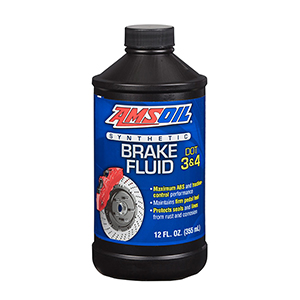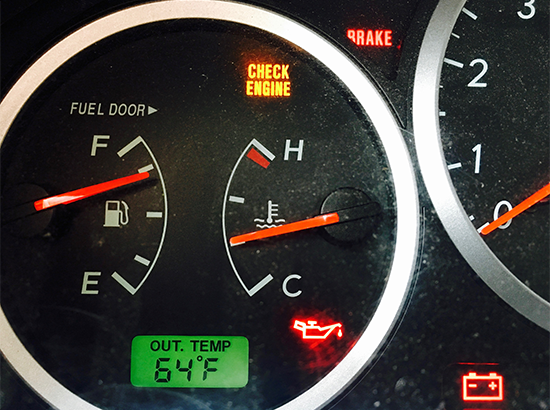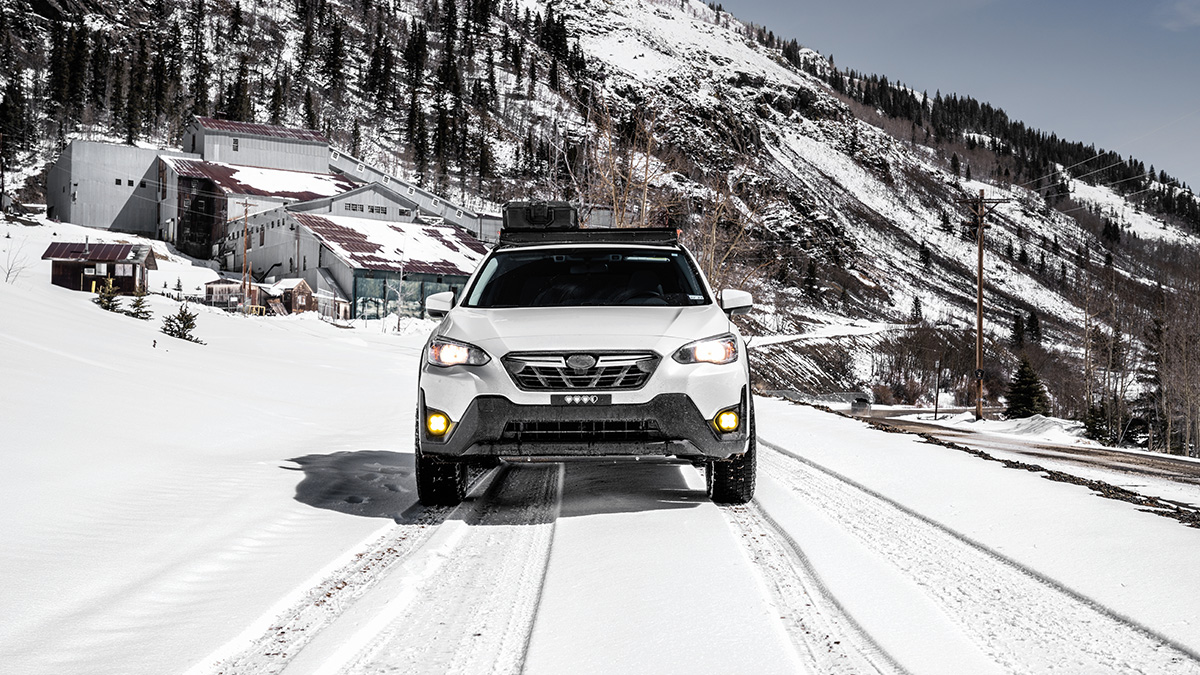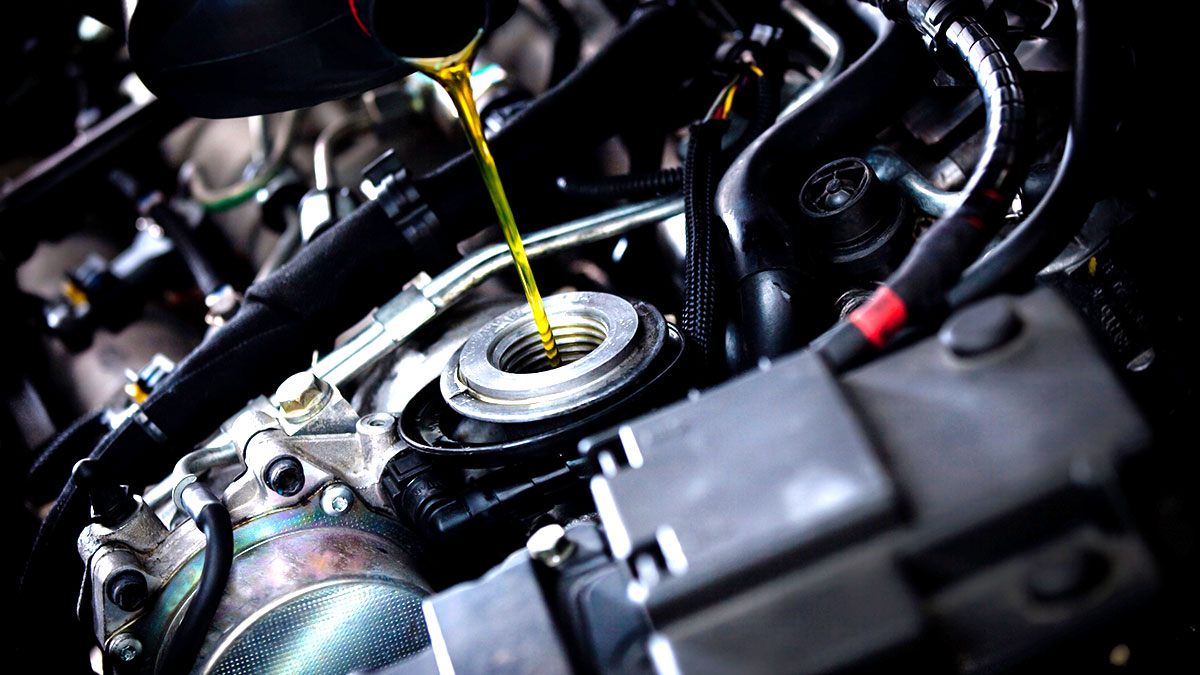ABS stands for Antilock Braking System. ABS brakes do what the name implies – they keep your brakes from locking up while braking. Why? Because once tires start to skid, vehicle control is lost. Therefore, ABS brakes can help you to maintain more control of your vehicle, particularly while braking and turning or swerving at the same time. In normal driving conditions, ABS systems can also help you stop in a shorter distance. In this post, we’ll answer the question: what’s ABS in a car?
There are four proven benefits of ABS:
- Cars fitted with ABS are less likely to be involved in a fatal crash.
- ABS decreases the chance of front-end collision on wet and dry roads.
- Cars with ABS maintain more control while braking – especially through turns, swerves or in variable conditions.
- During an emergency stop, a car with ABS tends to stop in a shorter distance than a vehicle without ABS.

How Do ABS Brakes Work?
ABS uses sensors attached to each wheel that detect if a wheel is not turning, which tells the system the wheel is starting to lock up. When that happens, a modulator slightly releases the brake pad on that wheel, allowing it to continue rolling.
Modern ABS systems are linked to the vehicle’s onboard computer and have become increasingly sophisticated and effective. These systems don’t just prevent wheels from locking up during braking, they also alter the front-to-rear brake bias and can prevent problems such as oversteer or understeer. Depending on specific capabilities, this latter system is known as electronic brake distribution, traction control system, emergency brake assist or electronic stability control (ESC).

Do ABS Brakes Improve Safety?
Intuitively, locking up your brakes might seem like the best way to stop quickly. But it turns out, that’s not how the physics work.
Instead, much like a sled, friction between the tires and the road is reduced once the tires begin to slide. Therefore, tires hold the road best when they are rolling.
This is true on all surfaces, but especially on slick roads.
Second, a wheel can only turn a car if it’s rolling. Once the tires begin to skid, the vehicle will continue to travel in a straight line regardless of how the wheels are turned. This is a recipe for an accident, especially when a driver needs to swerve to avoid another vehicle or object. If the tires continue to roll, the driver can keep maneuvering the vehicle, even while braking hard.
ABS brake systems can also be a huge safety feature on roads with variable conditions. For example, if you’re driving on a road with patches of black ice and you apply the brakes, tires touching dry pavement may grip while tires on ice may begin to slide. This can create a yaw torque throughout the entire vehicle that can put you into a spin.
Modern ABS with electronic stability control will help immensely in this scenario. With ESC, the yaw rate of the car and relative slip of each wheel is measured. Adjustments are made by reducing brake pressure slightly on wheels that have the most grip to reduce yaw torque and maintain vehicle control.
How Effective Are Antilock Brakes?
You can work around most ABS shortcomings by following a simple rule: the softer the surface, the softer you brake. Brake hard on pavement, brake gently on snow or ice.
ABS brakes are highly effective, but they do have some limitations. In fact, a highly skilled driver can outperform ABS in some driving conditions, such as loose gravel or snow.
That’s because with ABS the brakes are rapidly engaging and disengaging. On very soft or slippery surfaces, the tires simply go from sliding, to rolling, to sliding and back again. Therefore, a driver who practices threshold braking, applying the brakes as much as possible without allowing the tires to slide, can outperform ABS in these conditions. However, threshold braking takes practice and feel to achieve, especially in a panic situation.
And when you’re driving in winter, always allow yourself a lot of extra time to stop.
It’s worth noting, even on snowy or icy roads, ABS will still drastically improve control while braking hard.
Check out this post for more winter driving tips.









